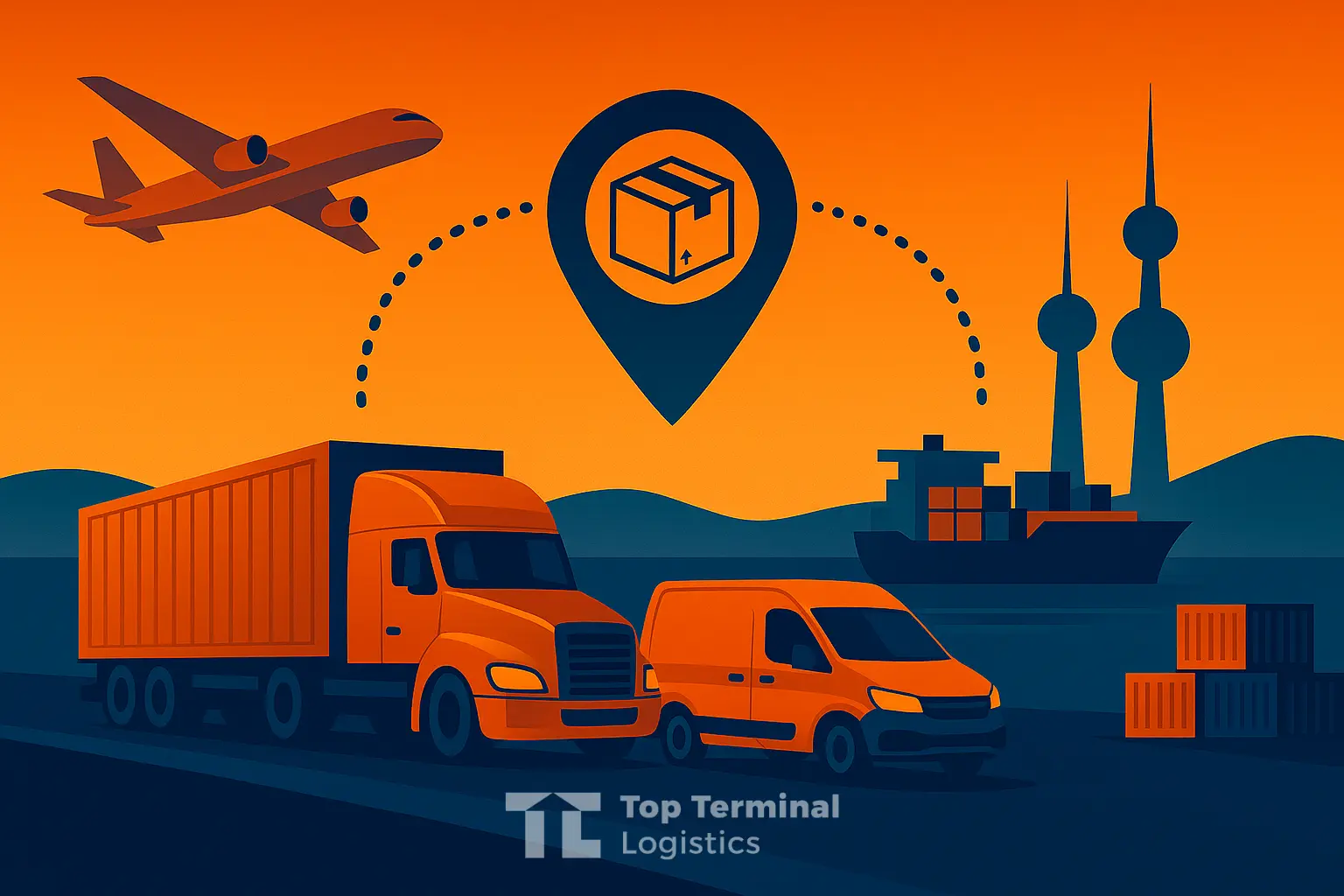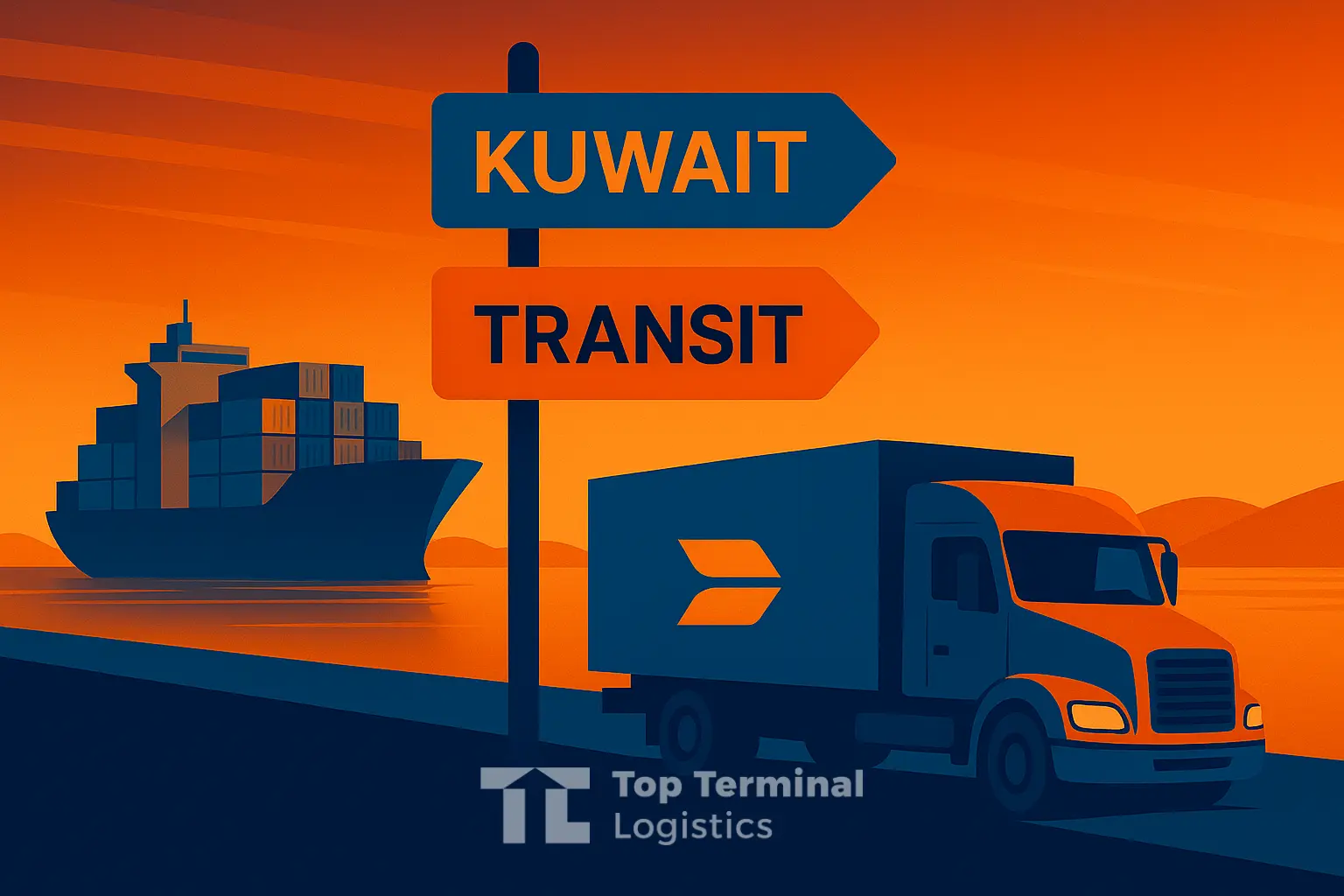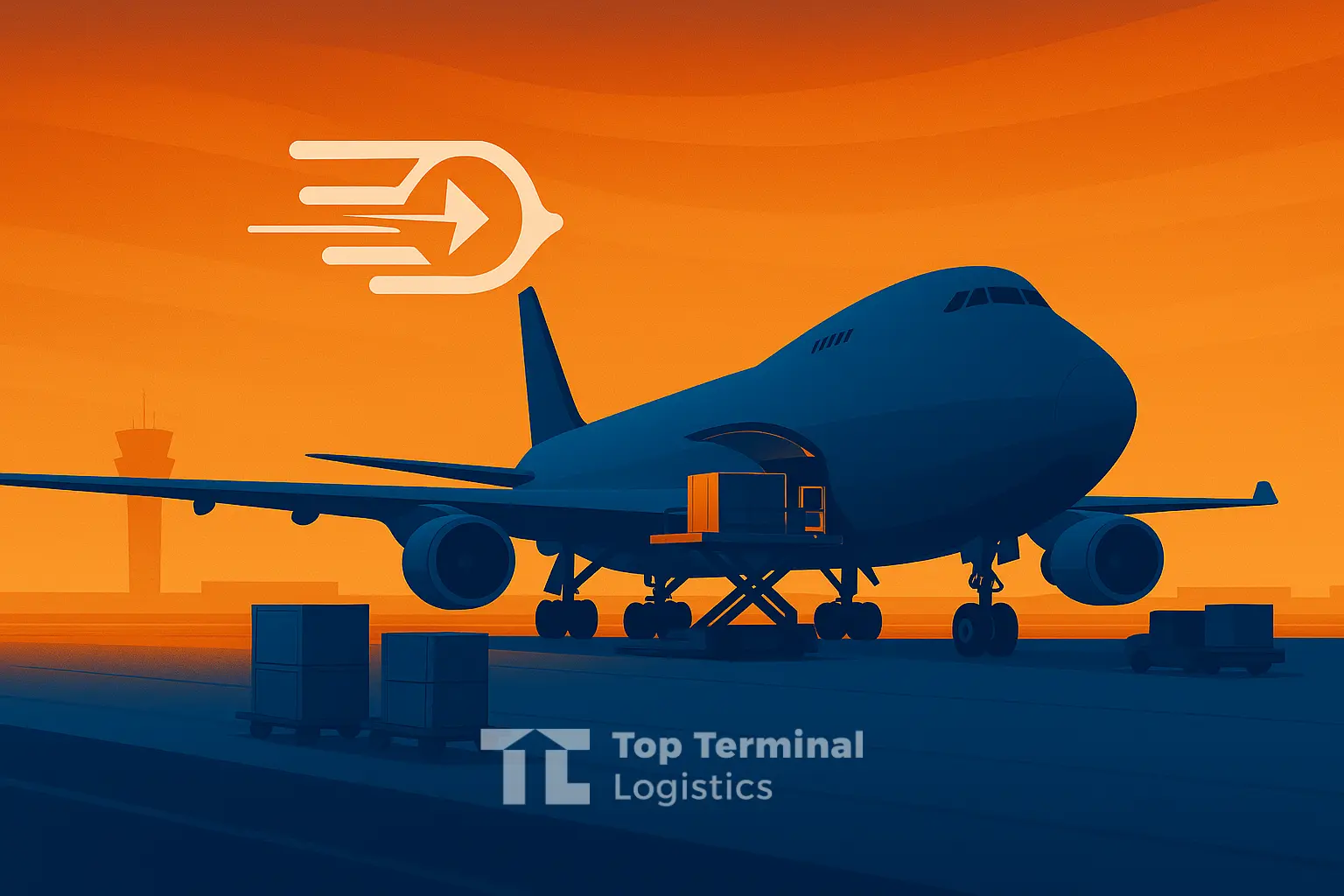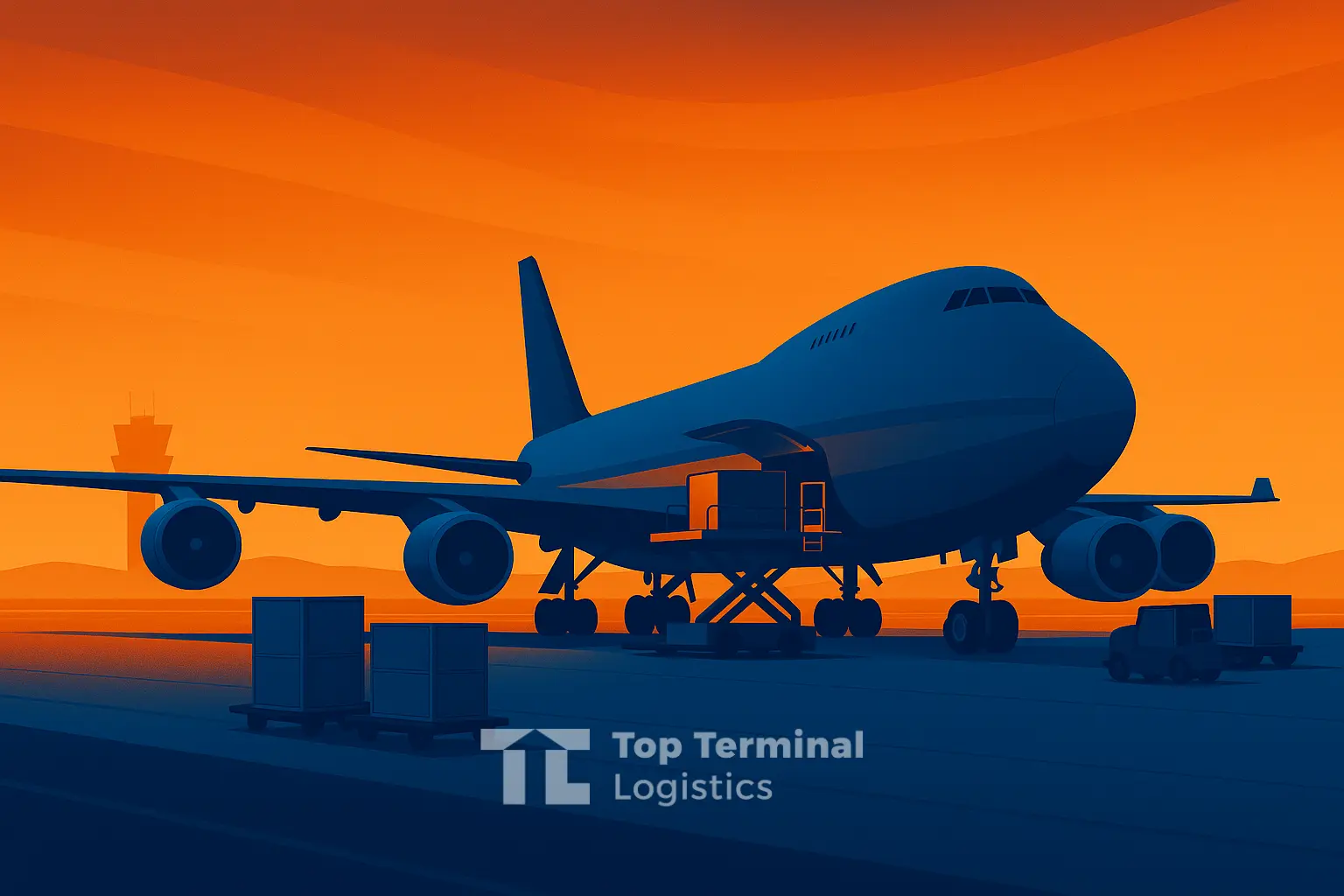Best Logistics Companies in Kuwait – How to Choose the Partner that Lifts Your Supply Chain
Picking a logistics provider in Kuwait is not a price race; it shapes your lead times, total cost, and customer experience. Use this practical framework to compare providers across licensing & compliance, multimodal planning, data & customs handling, warehousing & distribution, SLAs, and door-to-door visibility.
Kuwait Logistics at a Glance
- Sea gateways: Shuwaikh and Shuaiba for containers, general cargo, and projects.
- Road connectivity: Regular lanes to GCC markets via established corridors.
- Air options for urgent cargo: Ideal for documents, critical parcels, and spares.
- Support services: Warehousing, last-mile distribution, packaging, and returns.
Six-Pillar Evaluation Framework
1) Licensing & Compliance
Verify valid licenses/scope and adherence to customs & safety policies. Ask about regulated items (restricted goods, electronics, industrial equipment).
2) Multimodal Know-how (Road/Sea/Air)
A strong partner proposes alternatives—ocean FCL/LCL, road LTL/FTL, air Express/Consolidation—with time/cost/risk trade-offs and impact on time-to-customer.
3) Customs & Documentation
Check the pre-check process for Commercial Invoice, Packing List, COO, and transport docs. Demand a clear HS code review policy to avoid re-classification and fines.
4) Warehousing & Distribution
Assess storage types (ambient/controlled), WMS/automation, kitting & re-packing, and how consolidation/de-consolidation are managed before/after line-haul.
5) Tech & Tracking
Dashboards, live shipment tracking, EDI/API integrations, and proactive alerts (email/WhatsApp) reduce back-and-forth and speed decisions.
6) SLAs & Governance
Ask for KPIs: OTP, gateway dwell, quote response times, and a clear escalation model when delays occur.
Logistics Services Your Provider Should Cover
- Ocean: FCL/LCL, RoRo, Breakbulk for heavy/project cargo.
- Road: LTL/FTL with box/curtain/flatbed/reefer options.
- Air: Express and Consolidation for urgent and small parcels.
- Value-added: Packaging, labeling, QC, unified billing, performance reports.
- Domestic & last-mile: Coverage plans, delivery windows, returns.
Core Documents Checklist
- Commercial Invoice: item/qty/price/Incoterms/origin/buyer-seller.
- Packing List: pieces, dimensions, weights, markings.
- Certificate of Origin: often required; impacts duties/preferences.
- Transport Doc: B/L (ocean) or AWB (air) or CMR (road).
- HS codes: correct classification supports valuation & compliance.
Ideal Workflow with a Professional Provider
- Requirements discovery: commodity, dims/weights, destinations, timelines, Incoterms.
- Routing design: compare sea/road/air/multi-modal options vs time/cost.
- Pre-doc review: validate invoice, PL, COO, HS; prepare e-filings.
- Booking & handling: secure capacity, prep parcels, door pickup/delivery as needed.
- Clearance & transit: manage inspections/valuation/payment/release with clear progress reports.
- Delivery & POD: final handover and performance reporting.
Quick Comparison: When to Use Each Mode?
| Mode | Best Use | Pros | Considerations |
|---|---|---|---|
| Ocean | Large volumes / lower unit cost | Vast capacity | Longer lead time; schedule-dependent |
| Road | GCC / neighboring | Flexible lanes; door-to-door | Border crossings |
| Air | Urgent / small parcels | Fastest transit | Higher cost; weight/size limits |
FAQs
How do I choose a mode?
Minimum docs?
Do I need an annual contract?
No ERP?
How do I track?
Door-to-door?
Get Started — Request a Detailed Quote
Share cargo details (description/dims/weights/destination/ETA) and we'll propose at least two routing options with time/cost/risk comparison and a free pre-doc review before booking.




